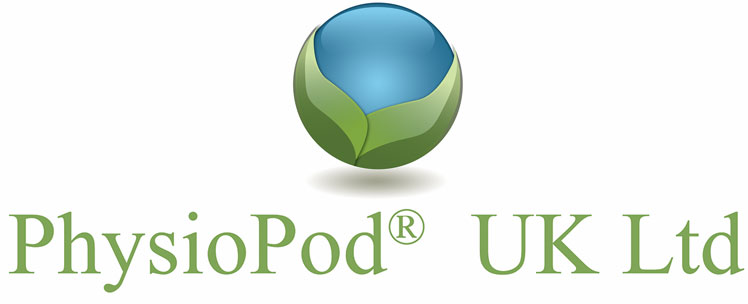The Rehab Innovation Spotlight: The Role of Physical Agents in Optimised Cartilage Repair
New research on osteochondral autograft transplantation (OAT) reveals that detailed rehabilitation plans are crucial for achieving successful cartilage healing.

Gherghel, R.; Onu, I.; Onu, A.; Rezus, I.-I.; Alexa, O.; Iordan, D.A.; Macovei, L.A.; Rezus, E. Enhancing Bone–Cartilage Interface Healing in Osteochondral Autograft Transplantation: Effects of BMAC Augmentation and Rehabilitation Protocols. Life 2025, 15, 1066. https://doi.org/10.3390/life15071066
New research on osteochondral autograft transplantation (OAT) reveals that detailed rehabilitation plans are crucial for achieving successful cartilage healing.
A recent study evaluating different recovery paths after OAT found that specific physical agents, such as Deep Oscillation, played a supportive role in the initial healing phase.
The sources from the study indicate that Deep Oscillation was integrated into the successful rehabilitation protocol:
-
Protocol Inclusion: Deep Oscillation was a specified component of the initial 6-week rehabilitation phase (Phase I) for all groups in the study, alongside TENS, ultrasound, and cryotherapy. This phase focused on pain relief and restoring early joint motion.
-
Application Details: Deep Oscillation was administered for 15 minutes during Phase I (weeks 0–6), using a frequency of 170–250 Hz for the first 10 minutes and 70–90 Hz for the final 5 minutes.
-
Established Benefits: Deep Oscillation® (PHYSIOMED) is known in musculoskeletal rehabilitation for demonstrating significant effects, including pain reduction, anti-inflammatory activity, improved lymphatic drainage, and oedema reabsorption. Its use has been externally confirmed to improve range of motion (ROM) and decrease pain and swelling in early post-arthroplasty rehabilitation.
-
Overall Results Context: The group that achieved the highest success—Group 1, which combined OAT with Bone Marrow Aspirate Concentrate (BMAC) and the structured 12-week rehabilitation protocol (which included Deep Oscillation)—showed significantly superior outcomes. This group earned the highest mean MOCART 2.0 score (96.1), reflecting nearly complete morphological restoration and superior graft integration.
These findings emphasise that combining biological augmentation (BMAC) with a prolonged, structured recovery plan that incorporates effective physiotherapeutic strategies, such as deep oscillation, promotes superior structural regeneration and enhances long-term graft survival.

